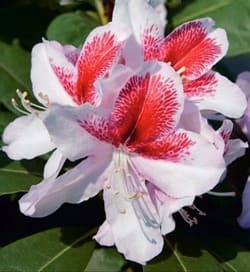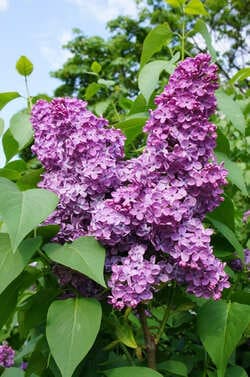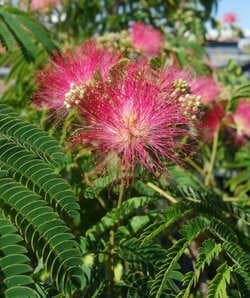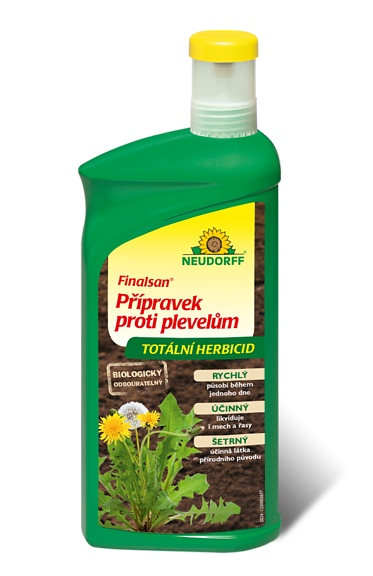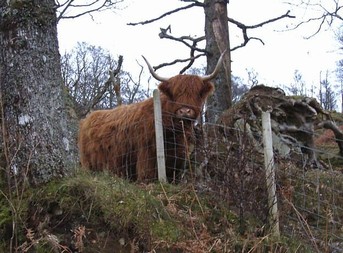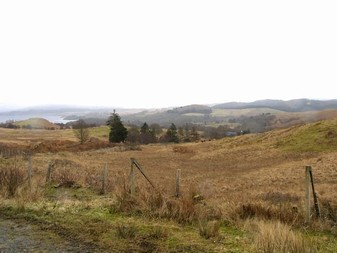 The omnipresent wind, whether gentle or whipping, brings with it the humidity so typical of the whole of Britain. But its chill, combined with drizzle or a good downpour, can often be more troublesome than the Czech Republic's -15°C. The weather is very changeable, the sun is said to come out only by subscription, but clouds abound and are free. However, none of this can discourage the newly in love visitor.
The omnipresent wind, whether gentle or whipping, brings with it the humidity so typical of the whole of Britain. But its chill, combined with drizzle or a good downpour, can often be more troublesome than the Czech Republic's -15°C. The weather is very changeable, the sun is said to come out only by subscription, but clouds abound and are free. However, none of this can discourage the newly in love visitor.
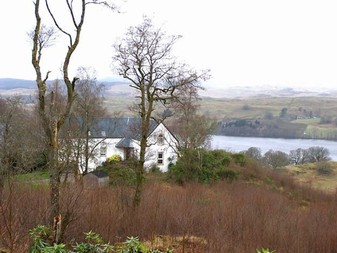 That love at first sight caught me too and was enhanced by one of the country's main attractions - the local lochs = lakes. I didn't look for the Loch Ness Monster, so don't expect a photo of it. Not far from Glasgow is one of the largest and most famous lochs - Loch Lommond. Although quite dark and nostalgic in mid-February, it's obvious from the number and type of local accommodation that in summer it's as teeming with tourists as it is with fishermen.
That love at first sight caught me too and was enhanced by one of the country's main attractions - the local lochs = lakes. I didn't look for the Loch Ness Monster, so don't expect a photo of it. Not far from Glasgow is one of the largest and most famous lochs - Loch Lommond. Although quite dark and nostalgic in mid-February, it's obvious from the number and type of local accommodation that in summer it's as teeming with tourists as it is with fishermen.
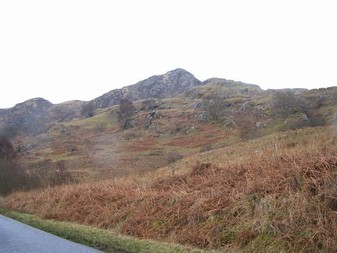 Once you veer away from the main roads and highways, the road turns into a bizarre snake wrapping around the hills from side to side, copying every bump up and down, so that you often feel like you're on a roller coaster. The roads tend to be only wide enough for one car, luckily they're well equipped with so-called passing places where you can hide from the local Jeep that's just approaching and going pretty fast for your liking, almost like it's home!
Once you veer away from the main roads and highways, the road turns into a bizarre snake wrapping around the hills from side to side, copying every bump up and down, so that you often feel like you're on a roller coaster. The roads tend to be only wide enough for one car, luckily they're well equipped with so-called passing places where you can hide from the local Jeep that's just approaching and going pretty fast for your liking, almost like it's home!
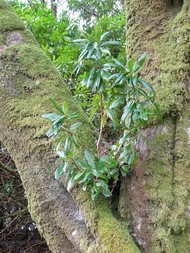 The mixed forests are quite similar to ours - abundantly covered with spruce, oak and birch trees, and in places where they have not created complete shade, but have prevented the fierce wind from sweeping through the trunks, you will discover the first significant difference from the Czech flora. And that is the wild, one might say wild evergreen deciduous trees. Rhododendrons are among the most common. Yes, the very ones we plant in our gardens and enjoy with every blossom are weeds here. It spreads everywhere it goes. It grows in the humid, damp undergrowth of local woodlands, as well as in the hollows of rocky hills where it has taken hold with its claw, benefiting from every drop of rain that runs down into the crevice between the stones where it has chosen to sink its shallow roots. The boldness of the local rhododendrons seems to know no bounds, as they can grow epiphytically in the trough of the forked trunk of an ancient tree.
The mixed forests are quite similar to ours - abundantly covered with spruce, oak and birch trees, and in places where they have not created complete shade, but have prevented the fierce wind from sweeping through the trunks, you will discover the first significant difference from the Czech flora. And that is the wild, one might say wild evergreen deciduous trees. Rhododendrons are among the most common. Yes, the very ones we plant in our gardens and enjoy with every blossom are weeds here. It spreads everywhere it goes. It grows in the humid, damp undergrowth of local woodlands, as well as in the hollows of rocky hills where it has taken hold with its claw, benefiting from every drop of rain that runs down into the crevice between the stones where it has chosen to sink its shallow roots. The boldness of the local rhododendrons seems to know no bounds, as they can grow epiphytically in the trough of the forked trunk of an ancient tree.
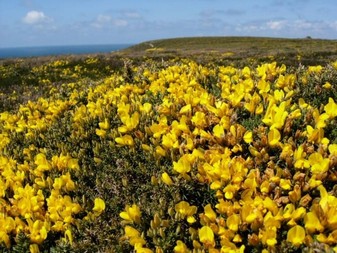 There are also hollies with leaves so jagged and sharp that any animal will think twice about approaching them. From autumn to spring, the bright red beads of their glossy fruits glow in the distance. They grow wildly as relatively tall, upright shrubs. Not as beautiful as those in gardens, but quite impressive in size. Last but not least, the European rodent (ulex europaeus) is worth mentioning, which you will find almost all over Britain, mainly on embankments around motorways, in drier and poorer places. It is a very spiny shrub with dark green, narrow leaves, which in winter blooms profusely with bright yellow, tiny, slipper-like flowers.
There are also hollies with leaves so jagged and sharp that any animal will think twice about approaching them. From autumn to spring, the bright red beads of their glossy fruits glow in the distance. They grow wildly as relatively tall, upright shrubs. Not as beautiful as those in gardens, but quite impressive in size. Last but not least, the European rodent (ulex europaeus) is worth mentioning, which you will find almost all over Britain, mainly on embankments around motorways, in drier and poorer places. It is a very spiny shrub with dark green, narrow leaves, which in winter blooms profusely with bright yellow, tiny, slipper-like flowers.
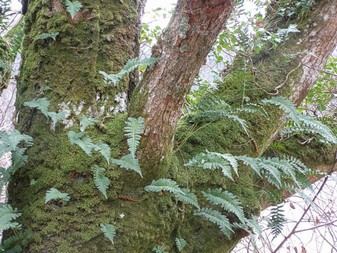 Like the above-mentioned rhododendron, ferns grow epiphytically on trees here due to the high humidity in the subtropics. The seeds (spores) take hold in the dense moss that lives on the bark of the trunk and branches and then benefits from its nutrient and water reserves. This is not uncommon here, where it happens almost exclusively on fallen logs in natural forests and woodlands. You rarely see it at higher altitudes and on living trees as here. In the local conditions they are not really in danger of drying out; in 2006 alone over 3000 mm of rain fell - that's 3 metres of water! This is an absolutely unimaginable amount of water for a European, which gives everything here such a healthy appearance, as well as, on the other hand, unfortunately, a higher percentage of fungal and fungal diseases. Except in the highest areas, the frosts here are never strong enough to destroy these unwanted diseases.
Like the above-mentioned rhododendron, ferns grow epiphytically on trees here due to the high humidity in the subtropics. The seeds (spores) take hold in the dense moss that lives on the bark of the trunk and branches and then benefits from its nutrient and water reserves. This is not uncommon here, where it happens almost exclusively on fallen logs in natural forests and woodlands. You rarely see it at higher altitudes and on living trees as here. In the local conditions they are not really in danger of drying out; in 2006 alone over 3000 mm of rain fell - that's 3 metres of water! This is an absolutely unimaginable amount of water for a European, which gives everything here such a healthy appearance, as well as, on the other hand, unfortunately, a higher percentage of fungal and fungal diseases. Except in the highest areas, the frosts here are never strong enough to destroy these unwanted diseases.
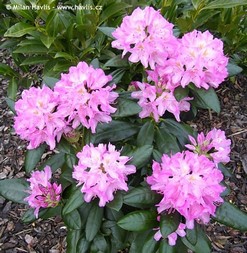 It was to Scotland that I went for those aforementioned rhododendrons. Not with spade and shovel for the dead ones, but for the beautiful cultivars of many colours and varied leaves. There is a nursery on a farm here - a family business whose heart has belonged to rhododendrons for decades. They specialise in growing the larger specimens and, despite the relatively long distance for transport, we are so convinced of their quality that we offer them here.
It was to Scotland that I went for those aforementioned rhododendrons. Not with spade and shovel for the dead ones, but for the beautiful cultivars of many colours and varied leaves. There is a nursery on a farm here - a family business whose heart has belonged to rhododendrons for decades. They specialise in growing the larger specimens and, despite the relatively long distance for transport, we are so convinced of their quality that we offer them here.












